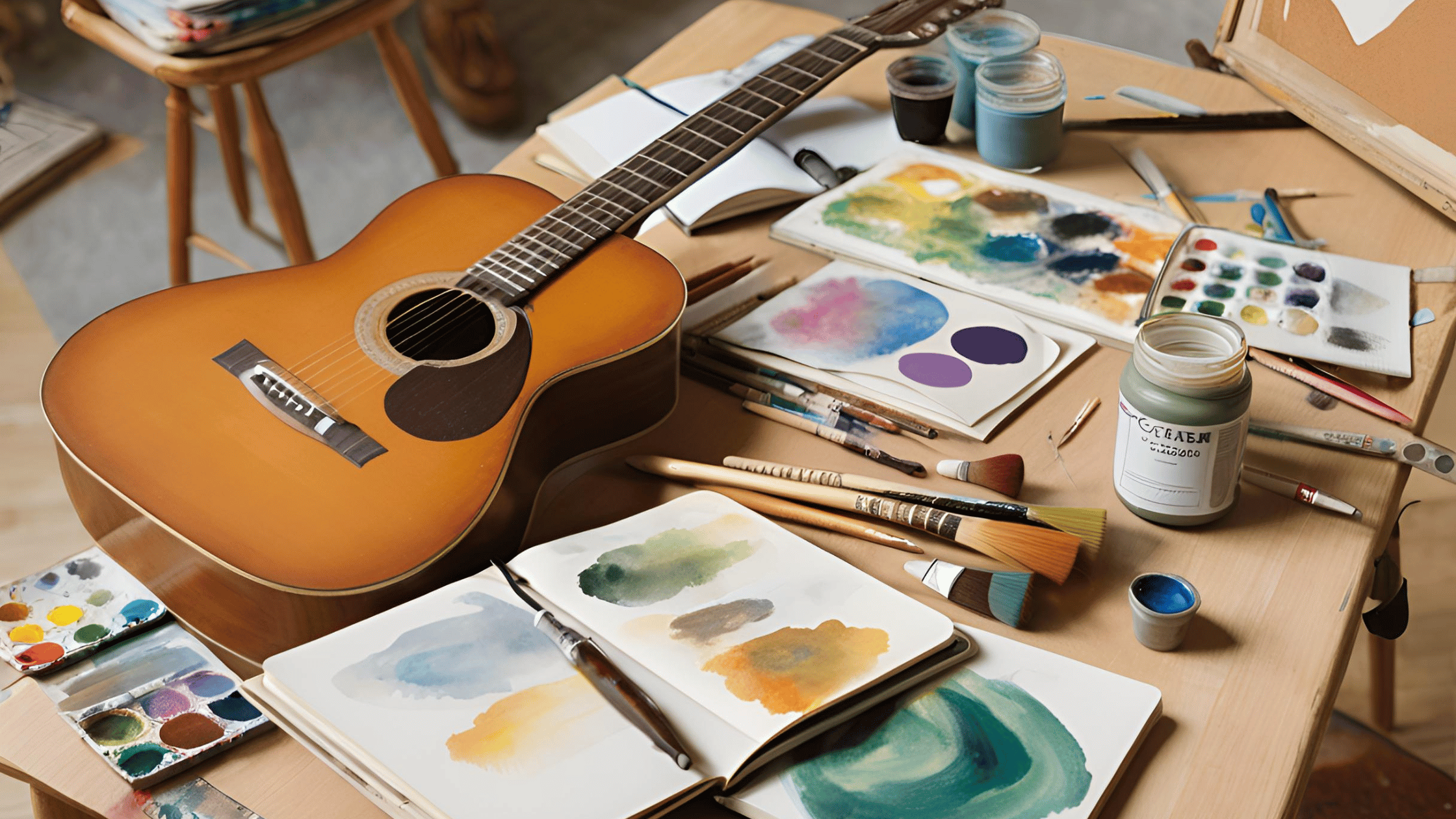Divorce can feel like your world has been turned upside down. It’s a time filled with overwhelming emotions—sadness, anger, confusion, and maybe even fear about the future. While professional help like therapy is essential for many, creative outlets like art, music, and writing can be powerful tools to help you heal, process your emotions, and rebuild your life.
If you’ve been feeling stuck, anxious, or lost, exploring your creative side might just be the fresh start you need. You don’t need to be an artist, musician, or writer to try these activities. They’re about expression, not perfection. Let’s explore how these creative outlets can help you on your journey to recovery.
1. Art: Express Yourself Without Words
Sometimes, it’s hard to explain how you feel in words. That’s where art comes in. Painting, drawing, sculpting, or even doodling can help you release emotions and express what’s in your heart.
Why Art Helps
- Releases Stress: The act of creating something can calm your mind and lower stress levels.
- Boosts Confidence: Completing a piece of art, no matter how simple, can give you a sense of achievement.
- Improves Focus: Art keeps you in the present moment, pulling your focus away from worries.
How to Start
- Grab some pencils, markers, or paints and start doodling or coloring.
- Try abstract art—use colors and shapes to show how you feel. Feeling angry? Use bold, strong strokes. Feeling sad? Choose soft, calming colors.
- Join a local art class or follow online tutorials. You’re not alone—many people use art to heal.
Read More: Rediscovering Yourself: Finding Your Identity After Divorce
2. Music: Feel and Heal Through Sound
Music has a way of touching our emotions like nothing else. Listening to or creating music can help you process feelings you didn’t even realize were there.
Why Music Helps
- Soothes Emotions: Listening to calming music can lower anxiety and help you relax.
- Energizes and Motivates: Upbeat songs can boost your mood and give you energy when you feel drained.
- Helps You Process Pain: Sad songs can help you cry and release bottled-up emotions.
How to Start
- Listen: Create playlists for different moods. For example, make a calming playlist for when you feel overwhelmed and an empowering one for when you need motivation.
- Sing or Play an Instrument: Singing or playing a guitar, piano, or even a simple drum can be a great release. No instrument? Try apps like GarageBand to experiment.
- Write Songs: Pour your thoughts and feelings into lyrics. You might find it surprisingly therapeutic.
3. Writing: Turn Pain Into Words
Writing is one of the easiest and most accessible creative outlets. All you need is a pen and paper or your smartphone. Writing helps you make sense of your emotions and gives you a safe space to express thoughts you may not want to say out loud.
Why Writing Helps
- Clarifies Your Thoughts: Writing things down can help you untangle overwhelming feelings.
- Releases Emotions: Putting pain, anger, or confusion into words can feel like a weight off your shoulders.
- Helps You Reflect and Heal: Reading what you’ve written over time lets you see how far you’ve come.
How to Start
- Journaling: Write about your day, your feelings, or what’s on your mind. Start small—try writing just a few sentences if it feels overwhelming.
- Gratitude List: List 3 things you’re grateful for each day. It might be something as simple as enjoying your morning coffee or hearing your child laugh.
- Storytelling: Turn your experiences into stories. Writing fiction or poetry based on your feelings can be incredibly cathartic.
Read More: The Stages of Grief After Divorce and How to Move Through Them
Getting Started: Simple Tips for Exploring Creativity
- Don’t Judge Yourself: Creativity isn’t about being “good.” It’s about expressing yourself. Let go of any fear of “messing up.”
- Make Time: Dedicate a few minutes each day to your chosen activity. Even 10-15 minutes can make a big difference.
- Experiment: Try different outlets and see what feels right for you. Maybe you’ll discover a love for painting or writing you never knew you had.
- Share If You’re Ready: If it feels right, share your creations with friends, family, or support groups. You might inspire someone else to start their own creative journey.
Final Thoughts: Create Your Way to Healing
Creativity gives you a way to express your emotions, connect with yourself, and find moments of peace during a difficult time. Whether it’s through art, music, or writing, these outlets remind you that healing is a process and that it’s okay to take small, gentle steps forward.
If you’re ready to take control of your recovery, start with something simple today. Grab a pencil, turn on your favorite song, or write down your thoughts. You might be surprised at how much lighter you feel.
Read Next: Self-Care for Divorced Parents: Finding Balance While Caring for Your Kids
Remember, you’re not alone on this journey. LifeBeyondSeparation is here to support you every step of the way. Let’s heal together.


